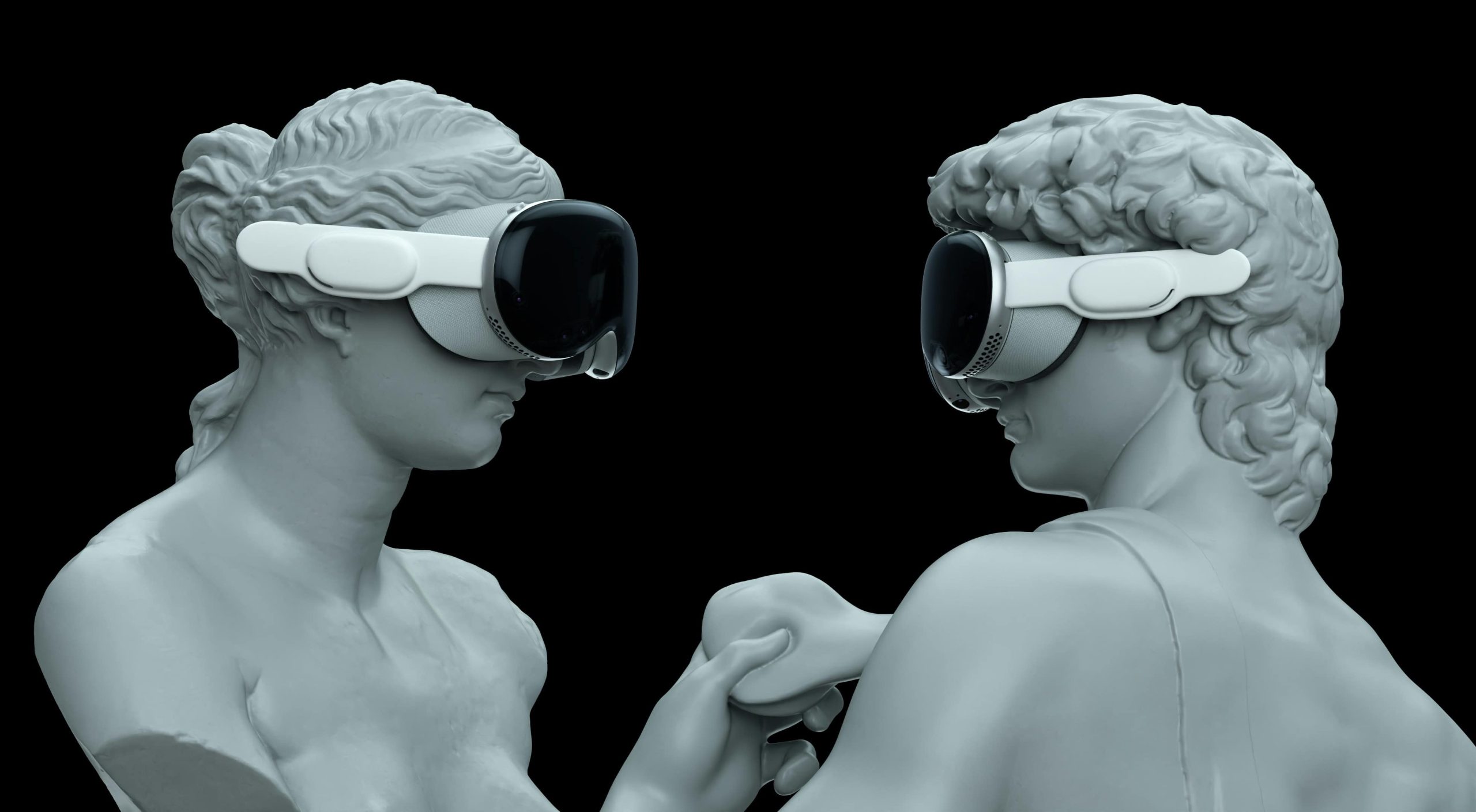
17 May Analytics and Measuring Success of Virtual Tours
Data-Driven Delight: How Analytics Transform Virtual Tours into Captivating Journeys
In the digital age, virtual tours have become increasingly popular tools for businesses and organizations to showcase their offerings to a global audience. As more industries adopt virtual tours, it becomes crucial to measure their success accurately. This article delves into the significance of analytics in evaluating virtual tours’ performance and outlines key strategies for optimizing these experiences.
Virtual tours offer immersive experiences that allow users to explore spaces, products, or exhibitions remotely. With advancements in technology, these tours have gained traction across various sectors, including real estate, tourism, education, and art. However, simply creating a virtual tour is not enough. Understanding how users interact with these experiences is vital for refining content and enhancing engagement.
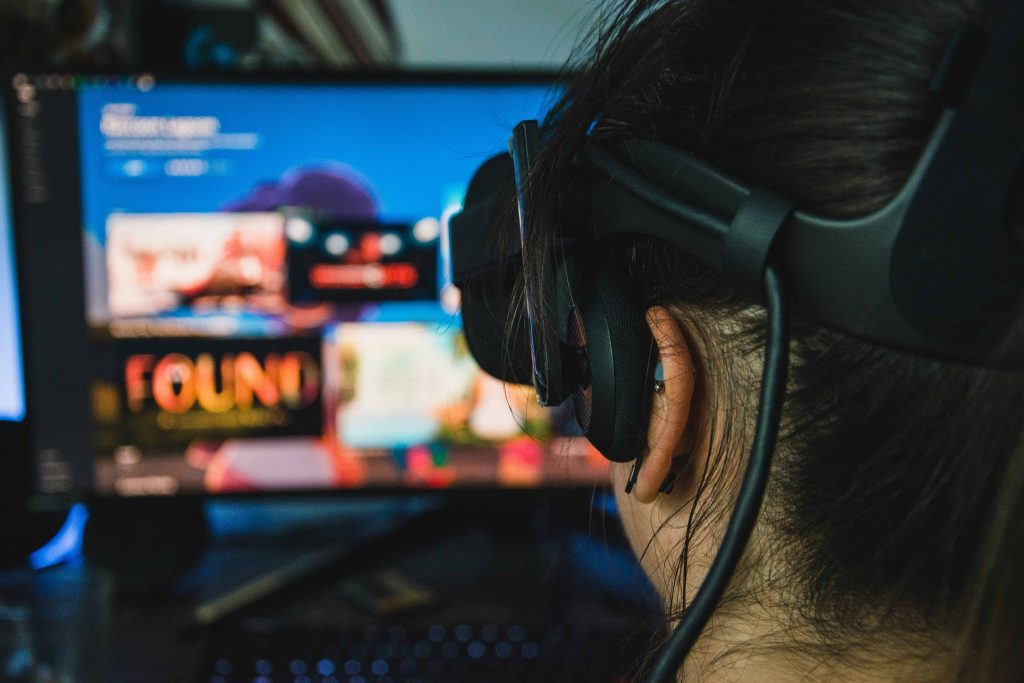
Key Performance Indicators (KPIs) for Virtual Tours
Engagement Metrics
- Number of Views/Visitors: This metric tracks the total number of users who access the virtual tour, providing insights into its reach and popularity.
- Time Spent on Tour: The duration users spend exploring the tour indicates their level of interest and engagement with the content.
- Click-Through Rates (CTRs) on Calls to Action (CTAs): Monitoring CTRs on CTAs within the tour helps assess its effectiveness in driving desired actions, such as bookings or inquiries.
User Behavior Metrics
- Completion Rate of the Tour: This metric measures the percentage of users who navigate through the entire tour, indicating its comprehensiveness and appeal.
- Path Taken Through the Tour (Heatmaps): Heatmaps visualize user navigation patterns, highlighting popular areas and potential bottlenecks within the tour.
- User Interactions with Tour Features: Tracking interactions with interactive elements like information hotspots or videos provides insights into user preferences and engagement levels.
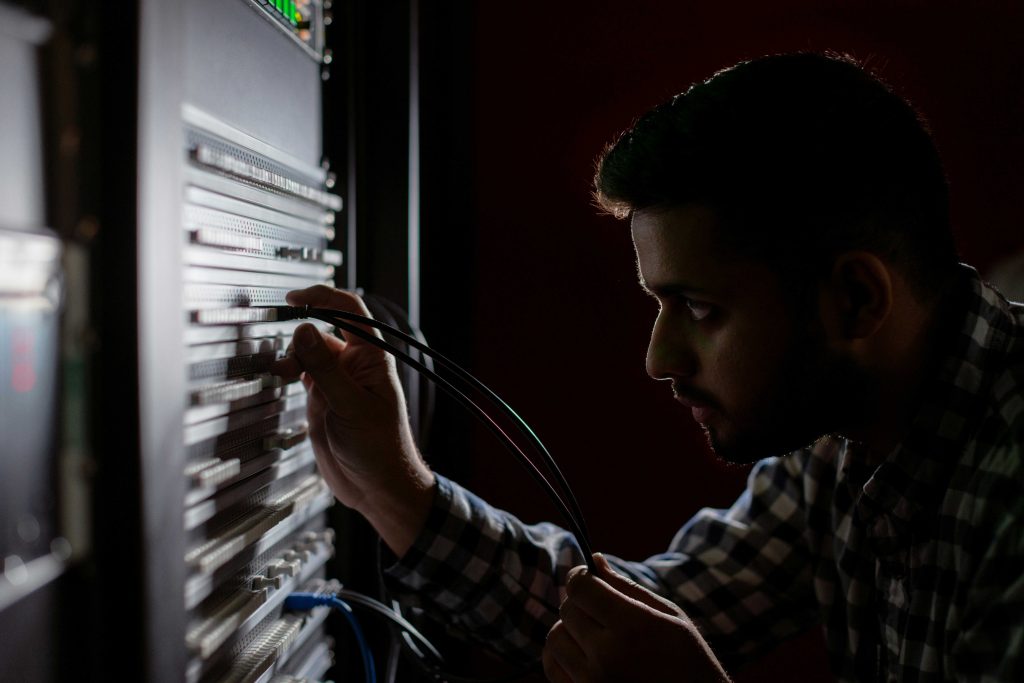
Measuring the Success of Virtual Art Exhibition Tours
Adapting KPIs for Art Exhibitions
- Focus on Engagement with Artworks: Dwell time on specific artworks and clicks on information hotspots can gauge visitors’ interest and interaction with the art pieces.
- Gauge Visitor Interest in Additional Content: Monitoring clicks on artist information pages and downloads of exhibition brochures helps assess the audience’s appetite for supplementary materials.
Additional Considerations
- Track Visitor Demographics: Gathering demographic data enables targeted marketing efforts and better understanding of the tour’s audience.
- Visitor Feedback Surveys: Implementing surveys solicits direct feedback from users, providing valuable insights for refining the tour experience.
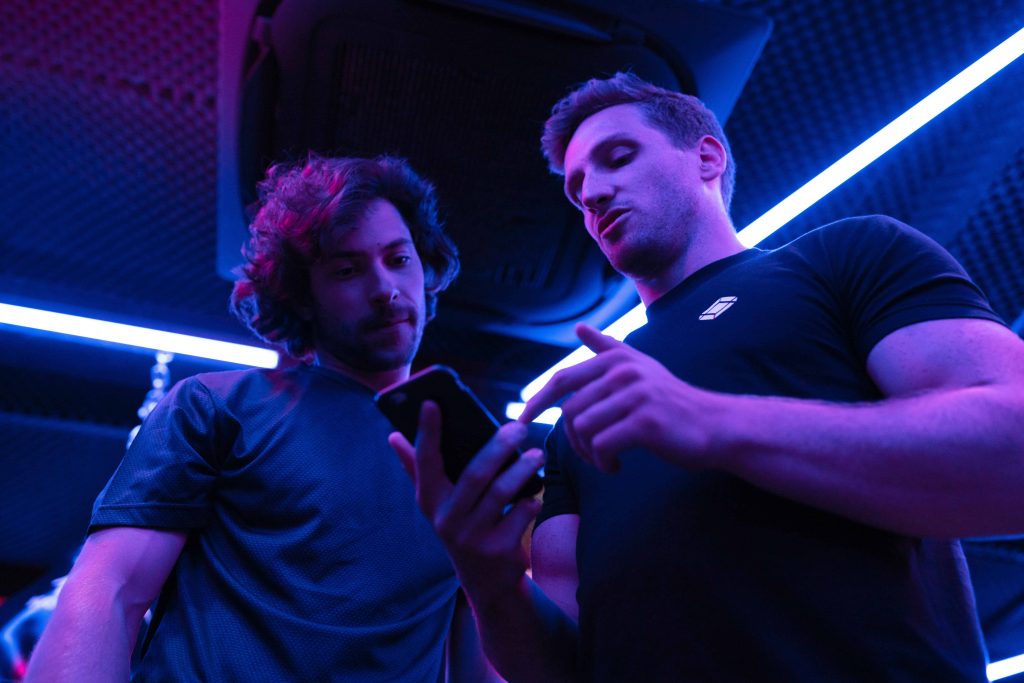
Using Analytics to Improve Virtual Tours
Identify Areas for Improvement Based on Data
- Analyzing engagement metrics can pinpoint areas of low interest or navigation difficulties within the tour.
- Addressing issues such as confusing navigation or excessive CTAs can enhance user experience and retention.
A/B Testing for Optimization
- Experimenting with different tour layouts or content variations through A/B testing allows for data-driven optimization.
Continuously Refine and Update the Tour
- Regularly updating the tour based on analytics insights ensures relevance and freshness, keeping users engaged over time.
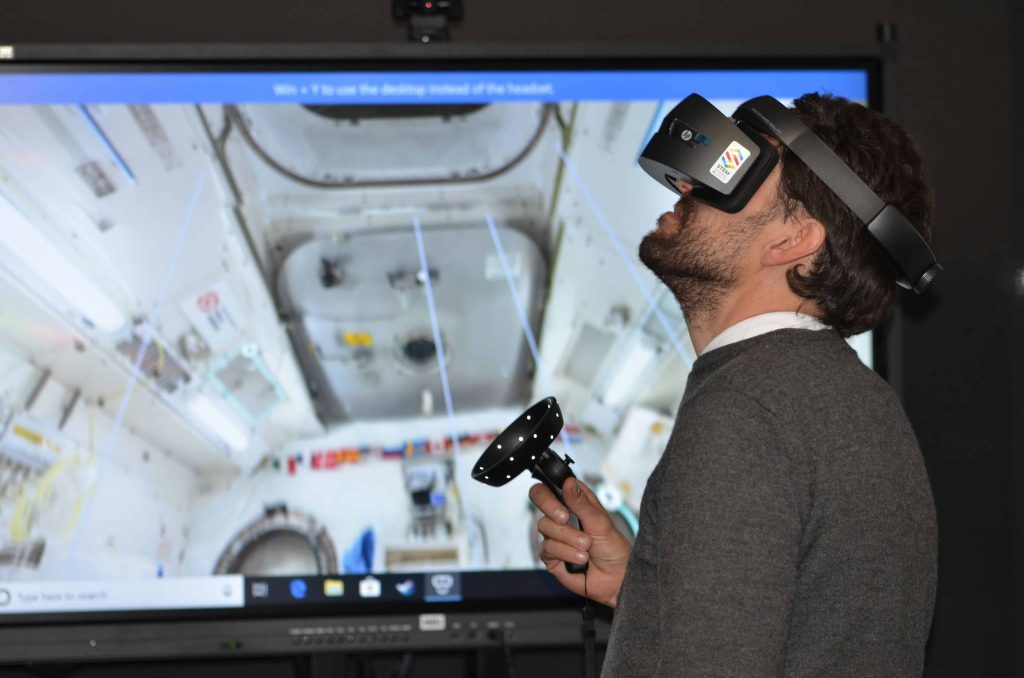
Conclusion
In conclusion, analytics play a pivotal role in measuring the success of virtual tours and optimizing user experiences. By leveraging key performance indicators and user behavior metrics, businesses and organizations can refine their tours to better resonate with their audience. Ultimately, utilizing data-driven insights empowers creators to deliver compelling virtual experiences that captivate and engage users effectively.
Key Takeaways
- Significance of Analytics: Analytics are crucial for measuring the success of virtual tours, helping businesses understand user interaction and refine content for better engagement.
- Key Performance Indicators (KPIs): Engagement metrics like views, time spent, and click-through rates, along with user behavior metrics such as completion rates and interactions, provide valuable insights into tour performance.
- Adapting KPIs for Art Exhibitions: For virtual art exhibition tours, focus shifts to engagement with artworks, visitor interest in additional content, and gathering demographic data for targeted marketing efforts.
- Using Analytics for Improvement: Analyzing data identifies areas for enhancement, addressing navigation issues, and optimizing content through A/B testing. Regular updates based on insights ensure relevance and freshness.
- Conclusion: Analytics-driven insights empower creators to deliver compelling virtual experiences that resonate with audiences, leading to improved engagement and success.
FAQs
How is the success of a virtual tour measured?
Virtual tour success is gauged through metrics like views/visitors, time spent on tour, click-through rates, completion rate, navigation patterns, and user interactions. These metrics provide insights into reach, engagement, and effectiveness.
What metrics are used for evaluating virtual art exhibition tours?
Metrics include dwell time on artworks, clicks on information hotspots, and engagement with supplementary content. Demographic tracking and feedback surveys further refine our understanding of audience preferences.
How can analytics improve virtual tours?
Analytics identify areas for improvement, enabling creators to address navigation issues or excessive calls to action. A/B testing optimizes layouts, while regular updates based on insights maintain tour relevance and engagement.
Unlock the secrets behind orchestrating seamless logistics, from artwork transportation to exhibition setup, for a truly unforgettable event.

